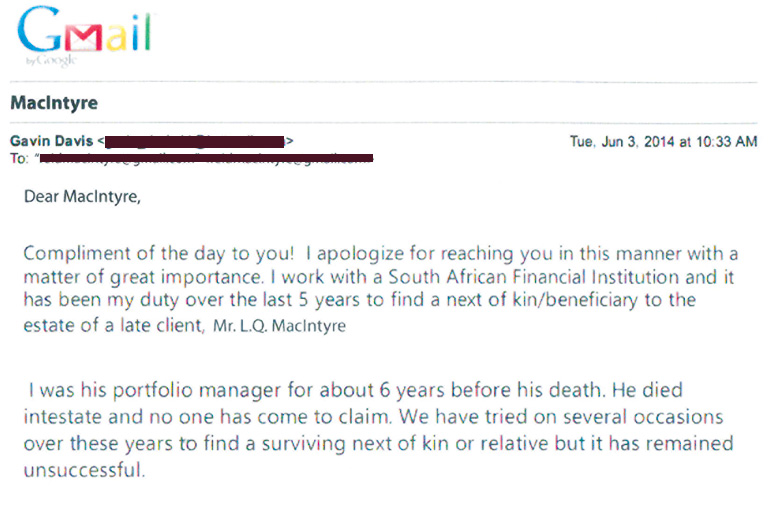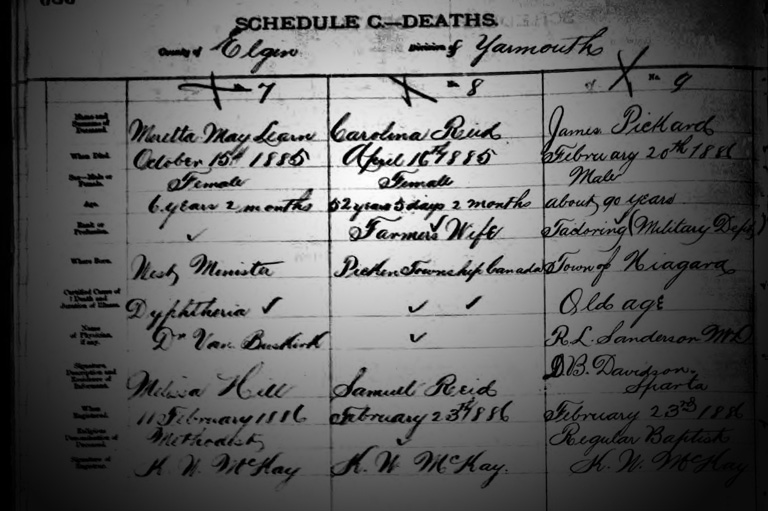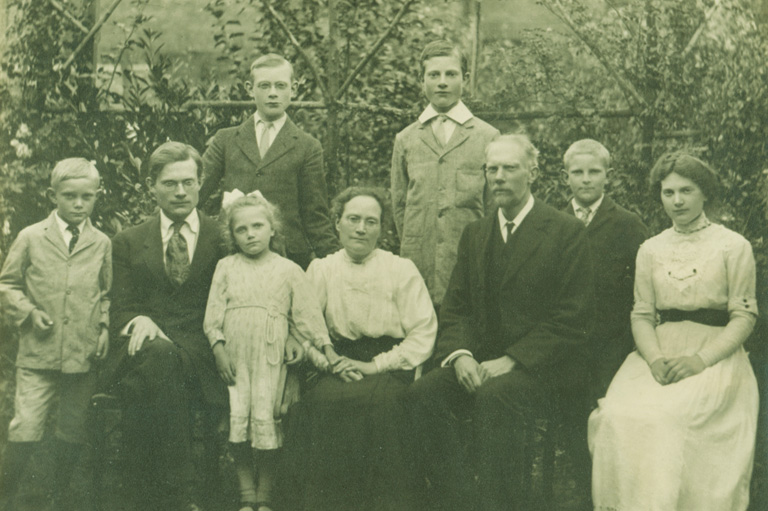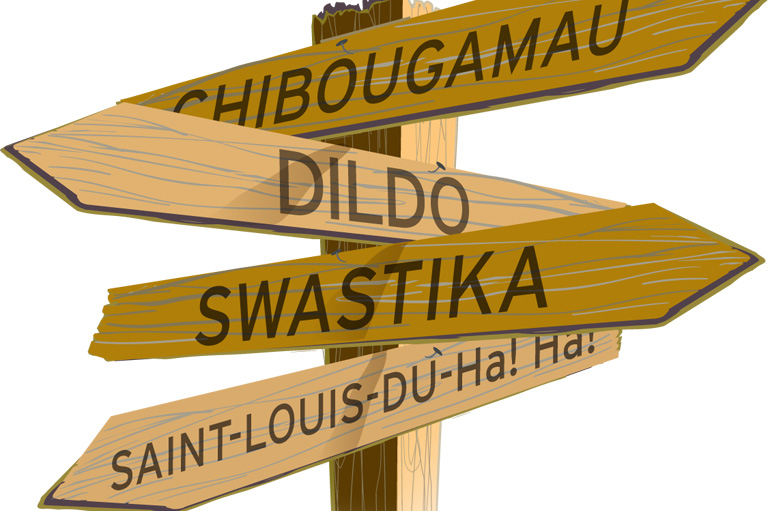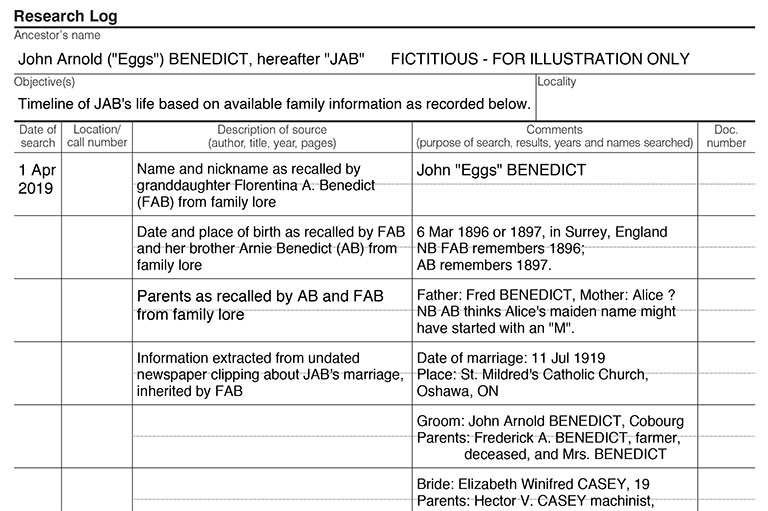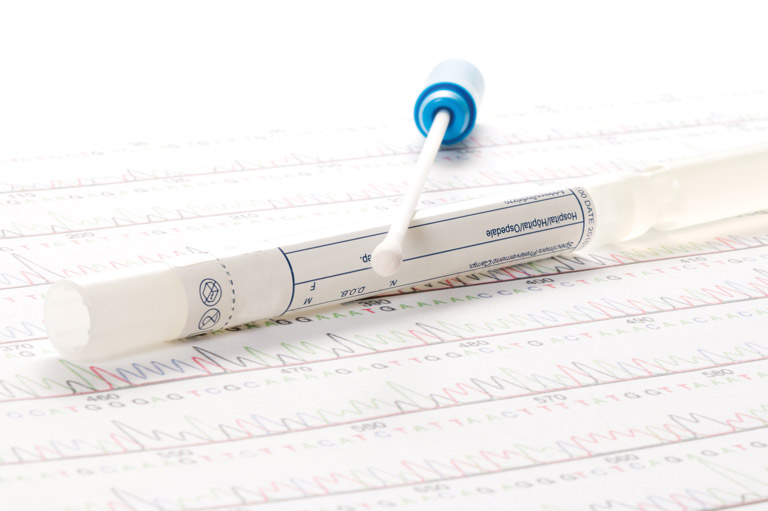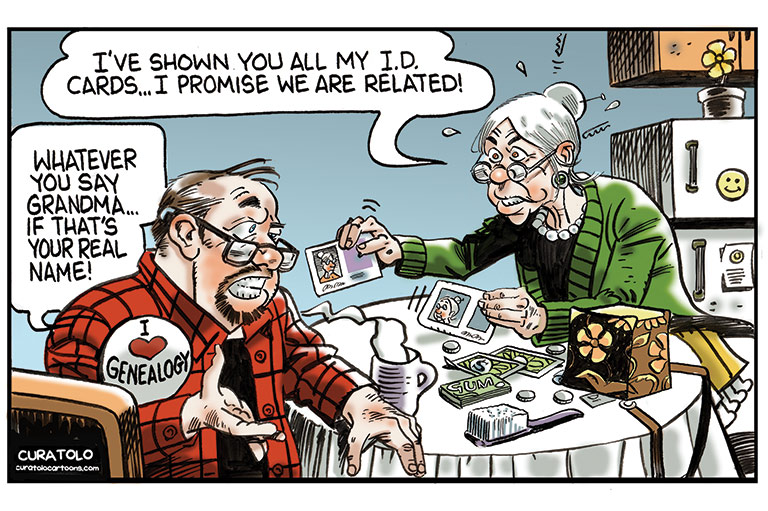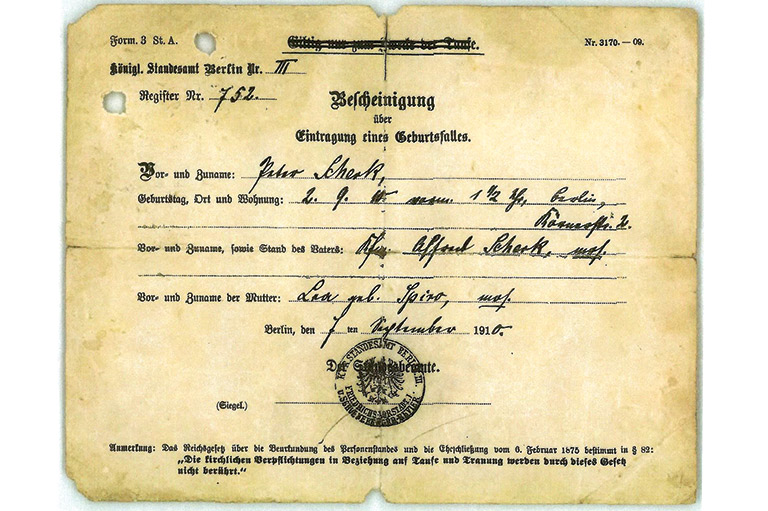Roots: Avoiding Heirloom Disasters
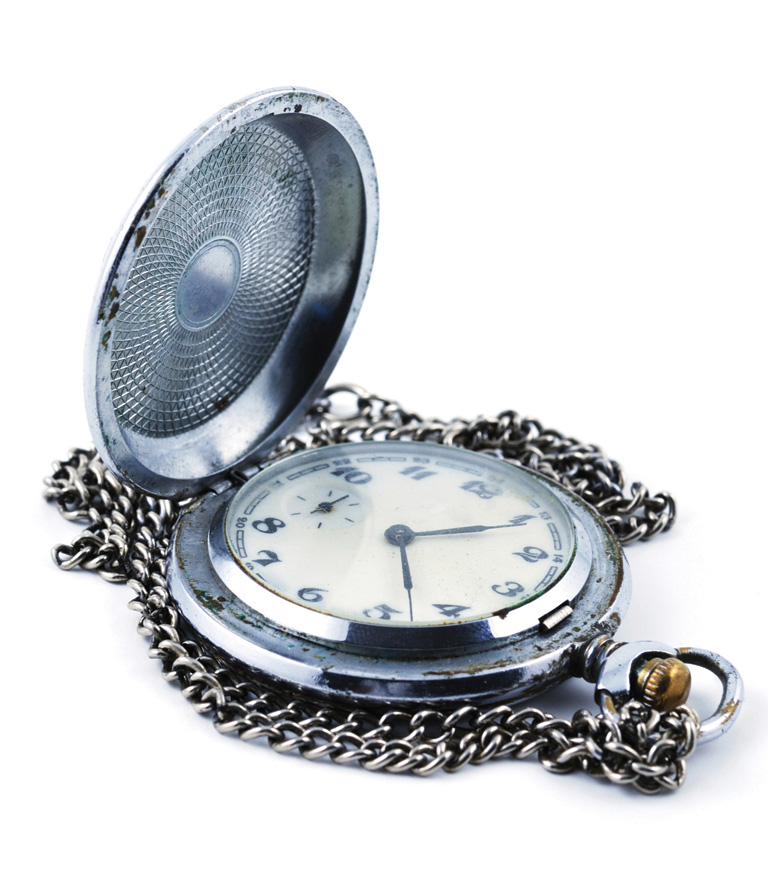
In a previous column, “Dangers lurk in photo albums,” we learned about the conservation disasters inflicted by well-meaning folk on their most valued heirlooms and keepsakes — tattered wedding dresses, disintegrating photo albums, yellowing documents, disfigured artworks.
An essential lesson from the school of hard knocks: Always consult a professional conservator when you’re uncertain about how to preserve an item, especially if it needs repair or restoration.
Before we take up that challenge, it’s time to define our terms. Conservation? Preservation? Restoration? Aren’t these all more or less the same thing? Well, not really.
The most general term, embracing the others, is “conservation,” hence “conservators” for the profession. If a document or heirloom is in good condition, then the conservator’s most important decision is “preservation,” as in how to store or display it safely to minimize deterioration.
Otherwise, the keepsake may need the conservator’s intervention to stabilize it to ward off further damage or to restore or repair it to counteract the ravages of wear and tear.
So how do you locate a conservator?
Advertisement
Fortunately, the Canadian Association of Professional Conservators makes that a snap. Just go to their site, at CAPC-ACRP.ca, and look for the “Find a Conservator” tool on the right-hand side of the home page.
You can search by location or by area of specialty (for example, books, furniture, photographs, and so on). All members meet professional standards for training and experience and have passed a qualifying examination.
If you have a highly specialized problem, you may need to look south of the border for assistance. The American Institute for Conservation of Historic and Artistic Works offers a similar tool to identify appropriate conservators.
Also bear in mind that almost any university, library, museum, or archive will have access to conservators, either on staff or on contract. They will often have helpful suggestions.
As with retaining any professional, you will want to satisfy yourself as to the candidate’s training and experience. For a particularly large or sensitive job, you should seek references.
More likely, though, your papers and heirlooms are in good shape and you just want to make sure you’re storing them correctly. With a little care, you can probably figure this out for yourself by consulting credible books and online resources.
Chief among these is Kennis Kim’s Conserving, Preserving and Restoring Your Heritage, a 2010 book published by the Ontario Genealogical Society and Dundurn Press. Comprehensive and forward-looking — there’s a chapter on preserving digital media — this accessible book will address just about every situation encountered by the Canadian do-it-yourself conservator. (Full disclosure: Kim has been a helpful source to me in researching this and the previous column.)
You can order Kim’s book and similar titles from specialty genealogy retailers such as Global Genealogy as well as from major online booksellers, who offer both print and e-book versions.
Online, you’ll find great resources at the sites of companies that market archival products. Gaylord Brothers provides not only helpful answers to many common conservation questions but also a downloadable guide to collections care. The Light Impressions catalog, available on request at LightImpressionsDirect.com, affords many happy moments of browsing as well as tips and pointers for the would-be conservator.
Both of these companies are wellregarded sources for the various boxes, folders, encapsulation materials, boards, and papers you will need to preserve your family documents and heirlooms. Also well regarded is University Products.
To purchase in Canada, conservators rely on Carr McLean and Lines ’n Curves. You can also try your luck at art, office supply, and other specialty retailers. Just make sure you’re getting a product that delivers on its marketing promises of archival quality.
Finally, a note for parents of teens interested in the arts. Conservation may be one of the few practical careers that a fine arts degree can lead to — although expertise in chemistry, materials science, or even structural engineering would also come in handy. Several community colleges and universities offer diploma programs in conservation-related disciplines, and Queen’s University boasts a Master of Art Conservation program.
Photographic conservators in particular can more or less write their own ticket. There aren’t many fields where you can make an assertion like that. Just like the good old days.
Themes associated with this article
Advertisement
You might also like...

Canada’s History Archive, featuring The Beaver, is now available for your browsing and searching pleasure!


